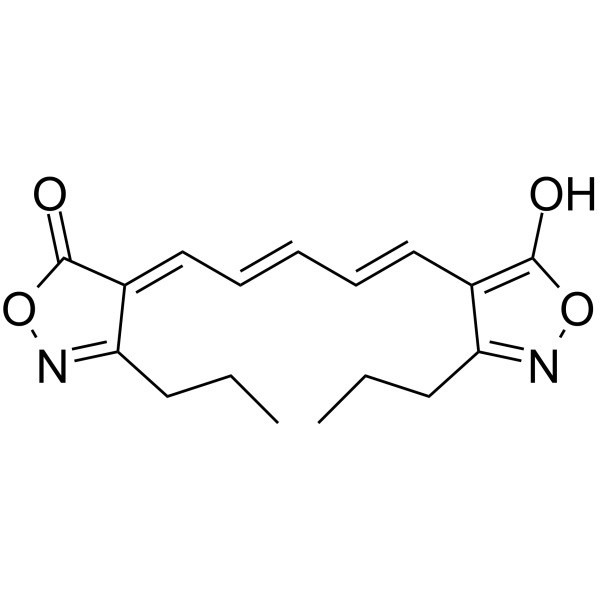Physiological parameters of gravitaxis in the flagellate Euglena gracilis obtained during a parabolic flight campaign.
Peter R Richter, Martin Schuster, Helmut Wagner, Michael Lebert, Donat-P Hader
Index: J. Plant Physiol. 159(2) , 181-90, (2002)
Full Text: HTML
Abstract
The unicellular freshwater flagellate Euglena gracilis and its close relative Astasia longa show a pronounced negative gravitaxis. Previous experiments revealed that gravitaxis is most likely mediated by an active physiological mechanism in which changes of the internal calcium concentration and the membrane potential play an important role. In a recent parabolic flight experiment on board an aircraft (ESA 29th parabolic flight campaign), changes of graviorientation, membrane potential and the cytosolic calcium concentration upon changes of the acceleration (between 1 x g(n), 1.8 x g(n), microgravity) were monitored by image analysis and photometric methods using Oxonol VI (membrane potential) and Calcium Crimson (cytosolic calcium concentration). The parabolic flight maneuvers performed by the aircraft resulted in transient phases of 1.8 x g(n) (about 20 s), microgravity (about 22 s) followed by 1.8 x g(n) (about 20 s). A transient increase in the intracellular calcium concentration was detected from lower to higher accelerations (1 x g(n) to 1.8 x g(n) or microgravity to 1.8 x g(n)). Oxonol VI-labeled cells showed a signal, which indicates a depolarization during the transition from 1 x g(n) to 1.8 x g(n), a weak repolarization in microgravity followed by a rapid repolarization in the subsequent 1 x g(n) phase. The results show good coincidence with observations of recent terrestrial and space experiments.
Related Compounds
| Structure | Name/CAS No. | Molecular Formula | Articles |
|---|---|---|---|
 |
Oxonol VI
CAS:64724-75-0 |
C17H20N2O4 |
|
Conserved amino acid residues of the NuoD segment important ...
2015-01-27 [Biochemistry 54(3) , 753-64, (2015)] |
|
ATP-dependent spectral response of oxonol VI in an ATP-Pi ex...
1984-08-31 [Biochim. Biophys. Acta 766(2) , 375-85, (1984)] |
|
Effects of Cd2+ on ATP-driven membrane potential in beef hea...
1984-01-01 [Membr. Biochem. 5(3) , 225-41, (1984)] |
|
Na+-pyrophosphatase: a novel primary sodium pump.
2007-07-31 [Biochemistry 46(30) , 8872-8, (2007)] |
|
A stopped-flow kinetic study of the interaction of potential...
1989-11-01 [Biophys. Chem. 34(3) , 225-37, (1989)] |